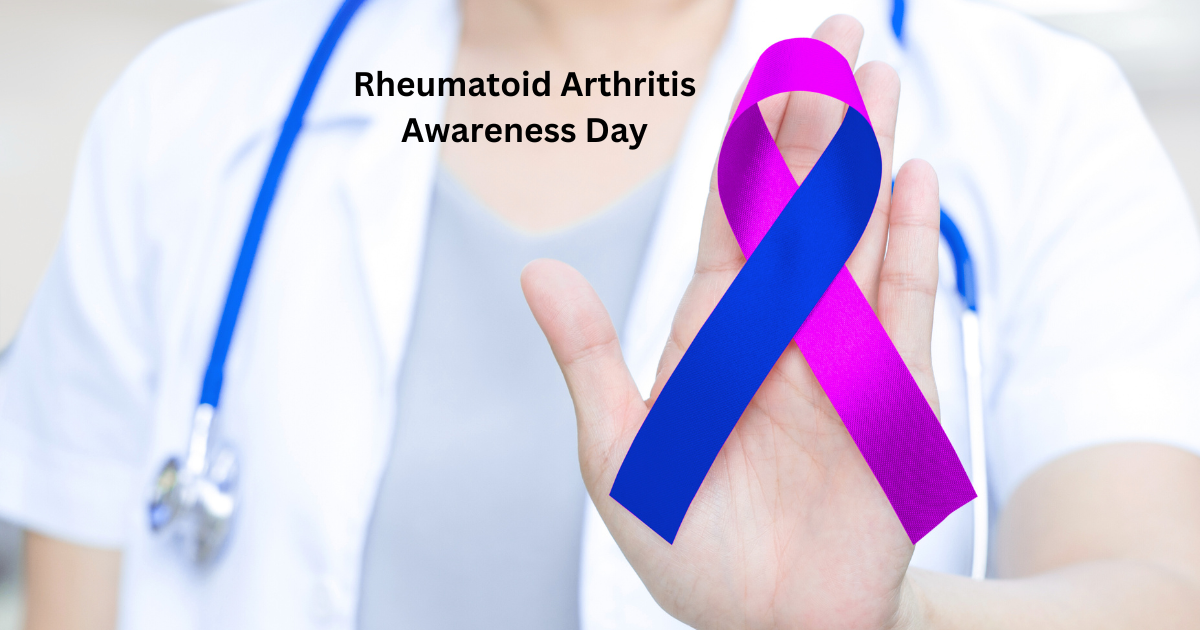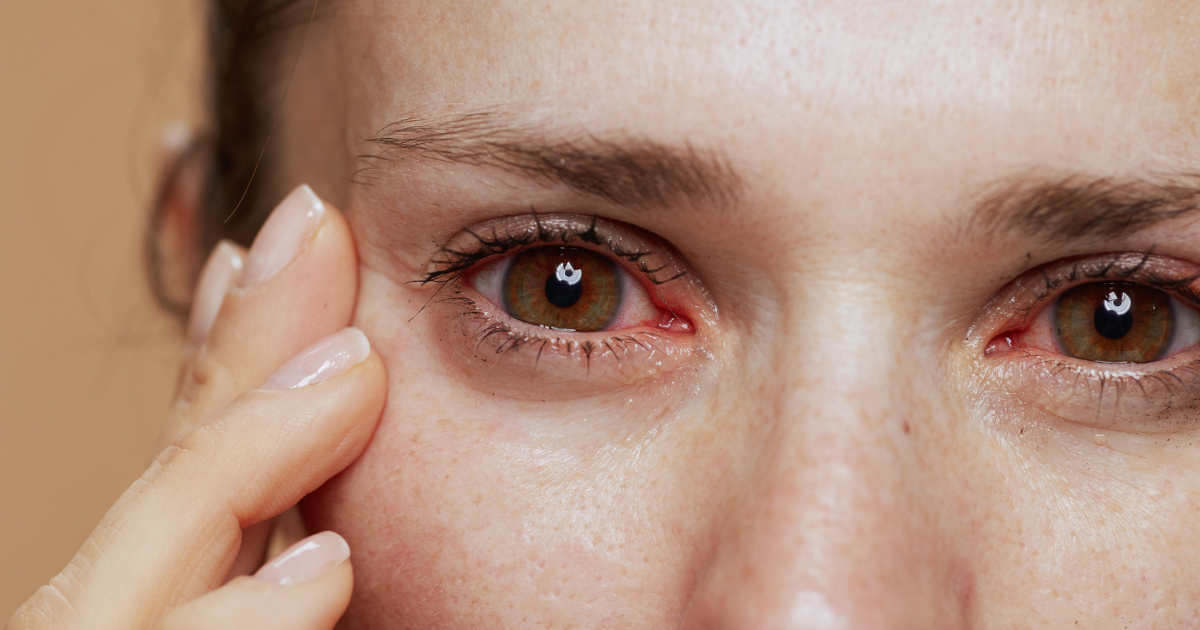Rheumatoid arthritis (RA) is an autoimmune disease that affects millions worldwide, causing chronic inflammation and pain in the joints. It’s a condition that can impact a person’s daily life, mobility, and overall well-being. However, despite being common, RA is often misunderstood, with many people unaware of the signs, symptoms, and treatment options available.
This is where Rheumatoid Arthritis Awareness Day comes into play. Every year, on RA Awareness Day, which is observed on February 2nd, people across the globe come together to spread knowledge, foster understanding, and raise support for individuals living with RA.
The Importance of RA Awareness Day
Rheumatoid Arthritis Awareness Day 2025 is not just another day on the calendar. It serves as a reminder that millions of people are living with this chronic condition, and more needs to be done to support them. This day provides an opportunity to highlight the challenges of living with RA, promote early diagnosis, and encourage better treatment options.
By raising RA Awareness Day, we can:
- Educate the public about RA and its impact on daily life.
- Promote early detection and intervention, which can lead to better management of the disease.
- Support research efforts to find new and more effective treatments.
- Create a supportive environment for those living with RA.
What is Rheumatoid Arthritis?
Rheumatoid arthritis is an autoimmune disease where the body’s immune system mistakenly attacks its own healthy tissues, particularly the joints. This leads to inflammation, pain, and damage to the affected joints, which can severely hinder a person’s ability to perform routine activities.
Unlike osteoarthritis, which is caused by wear and tear on the joints over time, RA is an autoimmune disorder. It can affect any joint in the body, including the fingers, knees, elbows, and shoulders. Although it most commonly affects the joints, RA can also impact other organs and systems, such as the skin, eyes, heart, and lungs.
Who Is Affected by RA?
While anyone can develop rheumatoid arthritis, certain groups are more susceptible. The disease is more common in:
1.Women: Women are more likely to develop RA, with the condition being two to three times more prevalent in women than in men.
2.Age: RA often begins between the ages of 30 and 60, but it can develop at any age.
3.Family history: Having a family member with RA increases the risk, suggesting a genetic link.
4.Smoking: Smoking is a known risk factor that can increase the chances of developing RA, especially for those genetically predisposed.
It’s important to note that RA is not limited to the elderly, it can affect individuals at any stage of life, and children can even be diagnosed with a rare form of RA known as juvenile rheumatoid arthritis.
Symptoms of RA Awareness
RA symptoms can vary from person to person, but some of the most common signs include:
Joint pain and swelling: One of the hallmark symptoms, particularly in the wrists, knees, and hands.
Morning stiffness: People with RA often experience stiffness in the joints after waking up or after prolonged periods of inactivity.
Fatigue: Chronic fatigue is common, making it difficult for individuals to maintain normal energy levels.
Fever: Some people with RA may experience low-grade fevers.
Nodules: Hard lumps under the skin, often around the elbows, known as rheumatoid nodules.
It’s important to remember that the symptoms can come and go in flare-ups. Early diagnosis and proper management are essential to control the progression of the disease and prevent permanent joint damage.
The Role of Early Diagnosis and Treatment
Rheumatoid arthritis is a progressive disease, which means that it tends to worsen over time if left untreated. The goal of treatment is to manage the symptoms, slow disease progression, and improve quality of life.
Early diagnosis is crucial. If RA is diagnosed early and treated appropriately, the damage to the joints can be minimized, and patients can lead productive lives. In fact, with modern treatments, many individuals with RA can maintain a good quality of life and remain active.
Treatment options for RA include:
- Medications: Disease-modifying antirheumatic drugs (DMARDs), biologics, and corticosteroids are commonly used to control inflammation and reduce joint damage.
- Physical therapy: Working with a physical therapist can help patients improve mobility, strengthen muscles, and reduce pain.
- Lifestyle changes: A healthy diet, regular exercise, and stress management techniques can play a crucial role in managing symptoms.
- Surgery: In severe cases, surgical options may be considered to repair or replace damaged joints.
Celebrating RA Awareness Day
On Rheumatoid Arthritis Awareness Day 2025, individuals, communities, and organizations around the world come together to shine a light on RA. Here are some ways you can participate in the observance:
1. Educate Yourself and Others
Understanding the symptoms and challenges of living with RA is the first step toward making a difference. Share the facts about RA on social media, and talk to your friends, family, or coworkers about the condition.
2. Wear Purple
Purple is the official color of RA awareness. By wearing purple, you can show your support for those living with RA and help spread the message about the importance of early diagnosis and treatment.
3. Share Personal Stories
If you are living with RA, consider sharing your story to raise awareness and inspire others. Personal stories can be incredibly powerful and help others feel less alone in their journey.
4. Support Research and Charities
Consider donating to research organizations or charities focused on RA. Your contribution can help fund important research that can lead to new treatments and ultimately a cure for RA.
The Importance of Community Support
One of the biggest challenges for individuals with RA is the isolation that often comes with chronic illness. Raising awareness through RA Awareness Day helps to build a sense of community and understanding. When people are educated about RA, it can create a more supportive environment for those affected.
Moreover, healthcare professionals, researchers, and advocacy groups play a vital role in improving outcomes for RA patients. By coming together, these groups can work toward better treatment options, more accessible healthcare, and improved public perception of RA.
Looking Ahead: The Future of Rheumatoid Arthritis Care
As we observe Rheumatoid Arthritis Awareness Day 2025, we must also look to the future. The ongoing advances in medical research are showing great promise, with new drugs and therapies on the horizon that could significantly improve the lives of individuals living with RA.
Furthermore, greater emphasis on patient-centered care, improved healthcare access, and better support systems will continue to enhance the quality of life for RA patients.
Conclusion
Rheumatoid Arthritis Awareness Day 2025 is an important day to recognize the struggles of those living with RA and to provide the support, education, and resources they need. By spreading awareness, we can create a world where individuals with RA have the tools to manage their disease effectively and live fulfilling lives. Whether you are personally affected by RA or simply wish to show support, take a moment on February 2nd to help raise awareness, promote early detection, and support research for better treatment options.
Together, we can make a difference and empower individuals with rheumatoid arthritis to live healthier, more active lives.
Visit Dr. Dhaiwat Shukla, the best Rheumatologist in Ahmedabad known for his compassionate approach to rheumatological care. His expertise, personalized treatment plans, and commitment to improving patients’ well-being make him a trusted choice for those seeking relief from rheumatic conditions.





